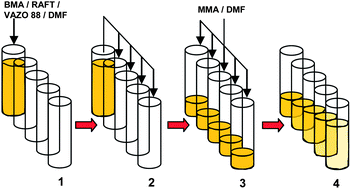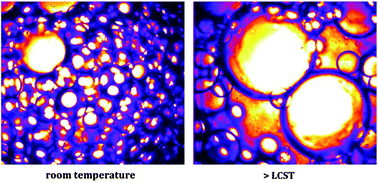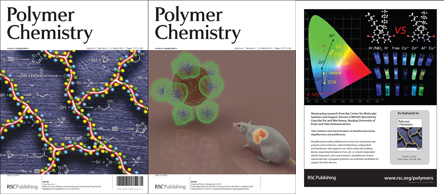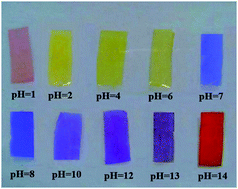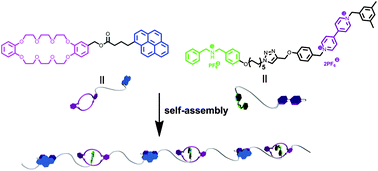 Prof. Junpo He graduated with a B.Sc. degree in Chemistry from Henan University in 1990, received his M.S. degree in 1993, and Ph. D. in 1999, both on Polymer Chemistry and Physics in Fudan University. Since 1993, he was an assistant teacher (1993-1997), lecturer (1997-2003), associate professor (2003-2007) and full professor (since 2007) in Fudan University. He worked as an exchanging scholar in University Konstanz (1996-1997), PostDoc in BASF, Ludwigshafen (2002-2003), DAAD visiting scientist in University Konstanz (2005), Germany, and JSPS Fellow in TITech, Japan (2012). His research interests are on living polymerization and polymer synthesis. He is editorial member of European Polymer Journal.
Prof. Junpo He graduated with a B.Sc. degree in Chemistry from Henan University in 1990, received his M.S. degree in 1993, and Ph. D. in 1999, both on Polymer Chemistry and Physics in Fudan University. Since 1993, he was an assistant teacher (1993-1997), lecturer (1997-2003), associate professor (2003-2007) and full professor (since 2007) in Fudan University. He worked as an exchanging scholar in University Konstanz (1996-1997), PostDoc in BASF, Ludwigshafen (2002-2003), DAAD visiting scientist in University Konstanz (2005), Germany, and JSPS Fellow in TITech, Japan (2012). His research interests are on living polymerization and polymer synthesis. He is editorial member of European Polymer Journal.
Research website: http://www.polymer.fudan.edu.cn/polymer/research/hjp/index.asp
What was your inspiration in becoming a chemist?
I was actually not keen on chemistry when I was a middle school student, because I had to remember various kinds of reactions for exam. In the university and graduate school, however, I became fascinated by chemistry for its great diversity and variety in molecular structure and property, which satisfied my curiosity all the time.
What was the motivation to write your Polymer Chemistry article?
For a long time I have been thinking about method to speed-up the synthesis of dendrimers. I believe anionic polymerization, a true living polymerization technique, can accomplish this purpose. We have developed two methods to simplify the synthesis of dendrimers. One is a living branching polymerization by which dendrimers are prepared in a continuous process, and the other is the current work, the “end-grafting” method, in which dendrimers are synthesized using only one diblock copolymer as the building block.
Why did you choose Polymer Chemistry to publish your work? (DOI:10.1039/C2PY20742G)
These years the polymer community of the world has witnessed the high-profile emerging of Polymer Chemistry as a new and one of the central journals in polymer science. I appreciate very much the high impact of the journal on polymer research all over the world.
In which upcoming conferences may our readers meet you?
I will attend “The 10th IUPAC International Conference on Advanced Polymers via Macromolecular Engineering (APME 2013)”, Durham University in the UK (August 18-22, 2013); and “The 21st International Symposium on Ionic Polymerization (IP2013)”, Awaji Island, Hyogo, Japan (September 23-28, 2013).
How do you spend your spare times?
I like to travel to different places and know different cultures and try different foods. If possible, I’d like to travel with my wife and son.
Which profession would you choose if you were not a scientist?
I may choose cook or farmer as my second profession. Cooking, either in kitchen or in lab, make my happy. I also find a sense of great harmony in my mind when I stand in a field full of plants under a blue sky.
Cyrille Boyer is a guest web-writer for Polymer Chemistry. He is currently a Senior Lecturer and an ARC-Future Fellow at the Australian Centre for NanoMedicine (School of Chemical Engineering, University of New South Wales (Australia)).
Comments Off on Author of the Week: Prof. Jumpo He


